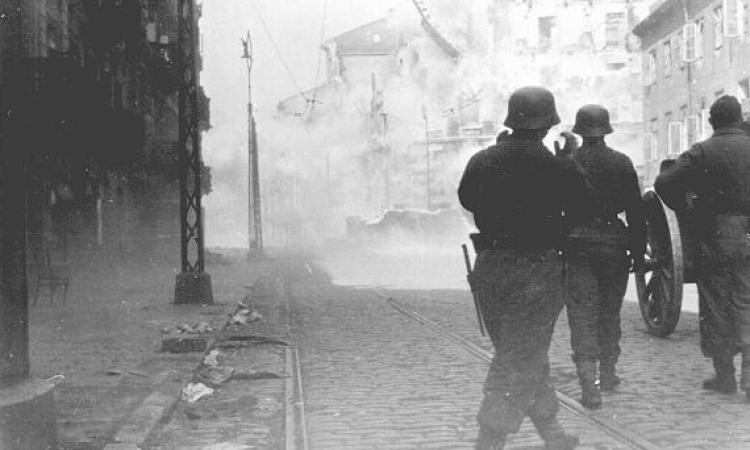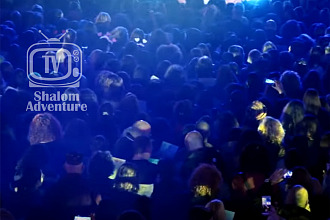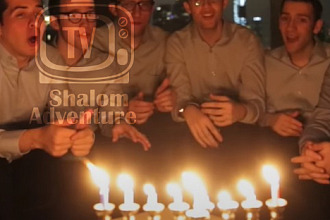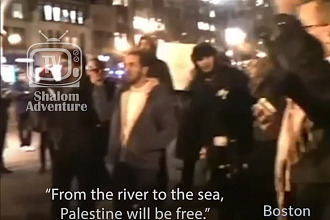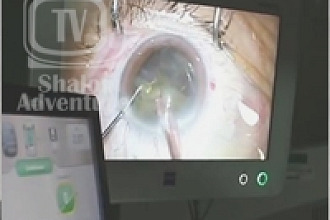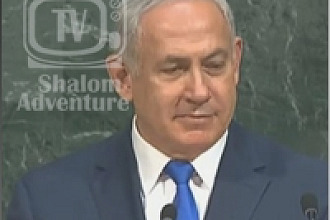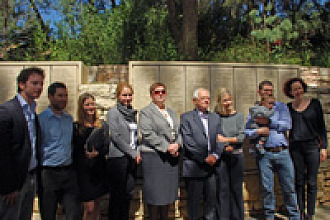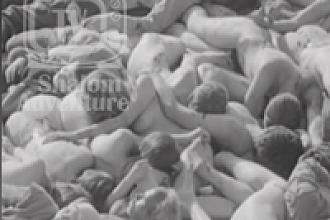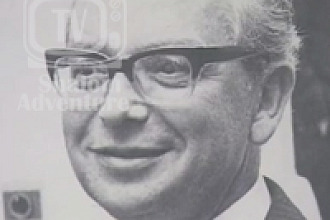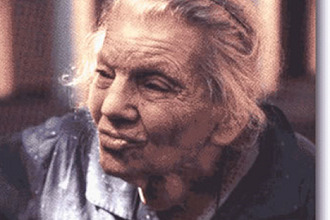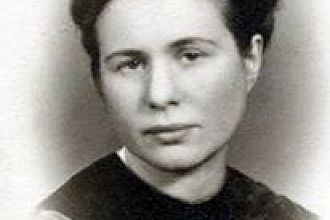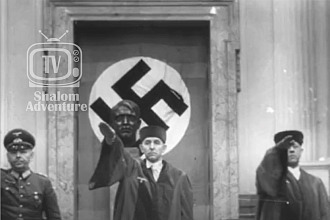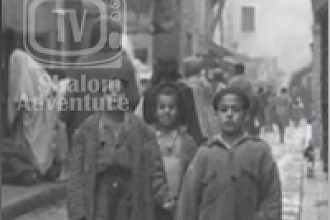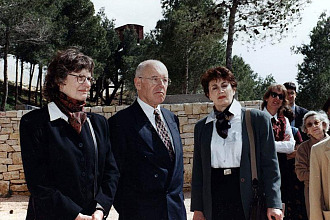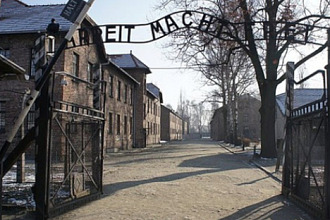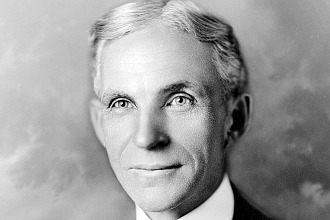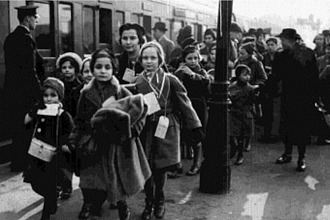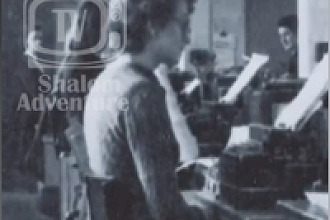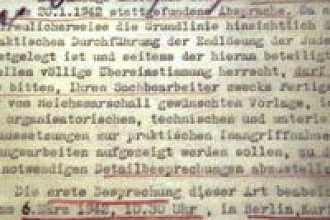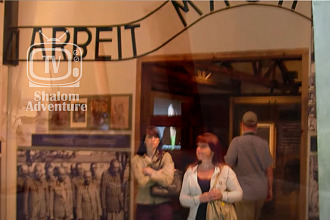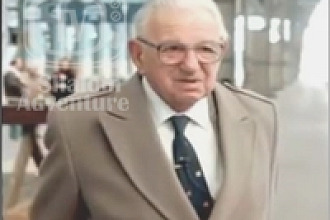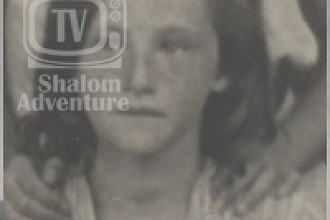Between July 22 and September 12, 1942, the German authorities deported or murdered around 300,000 Jews in the Warsaw ghetto. SS and police units deported 265,000 Jews to the Treblinka killing center and 11,580 to forced-labor camps.
The Germans and their auxiliaries murdered more than 10,000 Jews in the Warsaw ghetto during the deportation operations. The German authorities granted only 35,000 Jews permission to remain in the ghetto, while more than 20,000 Jews remained in the ghetto in hiding. For the at least 55,000-60,000 Jews remaining in the Warsaw ghetto, deportation seemed inevitable.
In response to the deportations, on July 28, 1942, several Jewish underground organizations created an armed self-defense unit known as the Jewish Combat Organization(Zydowska Organizacja Bojowa; ZOB). Rough estimates put the size of the ZOB at its formation at around 200 members. The Revisionist Party (right-wing Zionists known as the Betar) formed another resistance organization, the Jewish Military Union (Zydowski Zwiazek Wojskowy; ZZW). Although initially there was tension between the ZOB and the ZZW, both groups decided to work together to oppose German attempts to destroy the ghetto. At the time of the uprising, the ZOB had about 500 fighters in its ranks and the ZZW had about 250. While efforts to establish contact with the Polish military underground movement (Armia Krajowa, or Home Army) did not succeed during the summer of 1942, the ZOB established contact with the Home Army in October, and obtained a small number of weapons, mostly pistols and explosives, from Home Army contacts.
In accordance with Reichsführer-SS (SS chief) Heinrich Himmler's October 1942 order to liquidate the Warsaw ghetto and deport its able-bodied residents to forced labor camps in Lublin District of the Generalgouvernement, German SS and police units tried to resume mass deportations of Jews from Warsaw on January 18, 1943. A group of Jewish fighters, armed with pistols, infiltrated a column of Jews being forced to the Umschlagplatz (transfer point) and, at a prearranged signal, broke ranks and fought their German escorts. Most of these Jewish fighters died in the battle, but the attack sufficiently disoriented the Germans to allow the Jews arranged in columns at the Umschlagplatz a chance to disperse. After seizing 5,000-6,500 ghetto residents to be deported, the Germans suspended further deportations on January 21. Encouraged by the apparent success of the resistance, which they believed may have halted deportations, members of the ghetto population began to construct subterranean bunkers and shelters in preparation for an uprising should the Germans attempt a final deportation of all remaining Jews in the reduced ghetto.
The German forces intended to begin the operation to liquidate the Warsaw ghetto on April 19, 1943, the eve of Passover. When SS and police units entered the ghetto that morning, the streets were deserted. Nearly all of the residents of the ghetto had gone into hiding places or bunkers. The renewal of deportations was the signal for an armed uprising within the ghetto.
ZOB commander Mordecai Anielewicz commanded the Jewish fighters in the Warsaw ghetto uprising. Armed with pistols, grenades (many of them homemade), and a few automatic weapons and rifles, the ZOB fighters stunned the Germans and their auxiliaries on the first day of fighting, forcing the German forces to retreat outside the ghetto wall. German commander SS General Jürgen Stroop reported losing 12 men, killed and wounded, during the first assault on the ghetto. On the third day of the uprising, Stroop's SS and police forces began razing the ghetto to the ground, building by building, to force the remaining Jews out of hiding. Jewish resistance fighters made sporadic raids from their bunkers, but the Germans systematically reduced the ghetto to rubble. The German forces killed Anielewicz and those with him in an attack on the ZOB command bunker on 18 Mila Street, which they captured on May 8.
Though German forces broke the organized military resistance within days of the beginning of the uprising, individuals and small groups hid or fought the Germans for almost a month.
To symbolize the German victory, Stroop ordered the destruction of the Great Synagogue on Tlomacki Street on May 16, 1943. The ghetto itself was in ruins. Stroop reported that he had captured 56,065 Jews and destroyed 631 bunkers. He estimated that his units killed up to 7,000 Jews during the uprising. The German authorities deported approximately another 7,000 Warsaw Jews to the Treblinka killing center, where almost all were killed in the gas chambers upon arrival. The Germans deported almost all of the remaining Jews, approximately 42,000, to the Lublin/Majdanek concentration camp, and to the Poniatowa, Trawniki, Budzyn, and Krasnik forced-labor camps. With the exception of a few thousand forced laborers at Budzyn and Krasnik, German SS and police units later murdered almost all of the Warsaw Jews deported to Lublin/Majdanek, Poniatowa, and Trawniki in November 1943 in "Operation Harvest Festival" (Unternehmen Erntefest).
The Germans had planned to liquidate the Warsaw ghetto in three days, but the ghetto fighters held out for more than a month. Even after the end of the uprising on May 16, 1943, individual Jews hiding out in the ruins of the ghetto continued to attack the patrols of the Germans and their auxiliaries. The Warsaw ghetto uprising was the largest, symbolically most important Jewish uprising, and the first urban uprising, in German-occupied Europe. The resistance in Warsaw inspired other uprisings in ghettos (e.g., Bialystok and Minsk) and killing centers (Treblinka and Sobibor).
Today, Days of Remembrance ceremonies to commemorate the victims and survivors of the Holocaust are linked to the dates of the Warsaw ghetto uprising.
Originally found here

